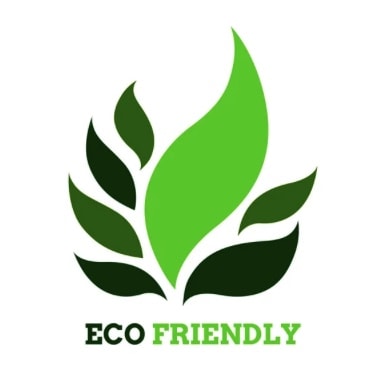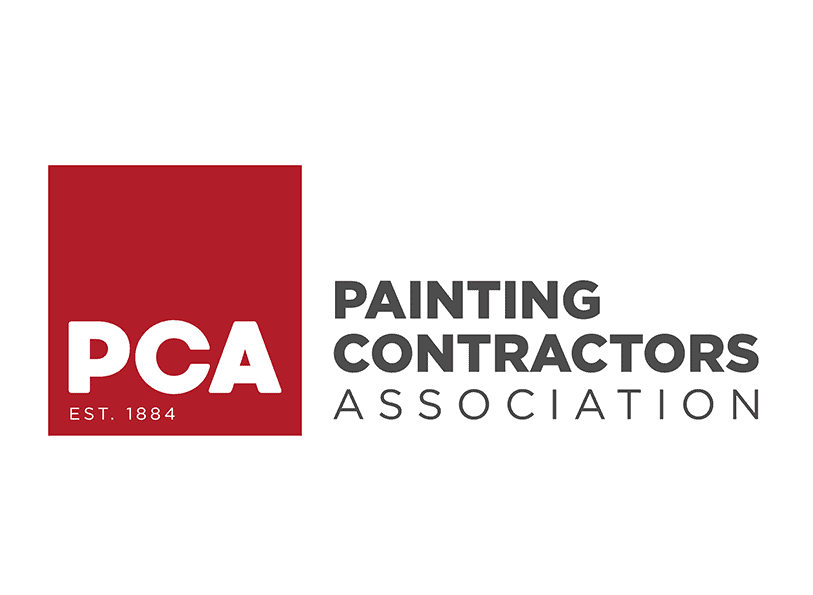
17 Jan How to select eco-friendly paint
When selecting a paint for your project, many options exist. However, the type of paint you choose can affect the air quality of your indoor environment and possibly even your health. You can select paint and finishing products that are healthier and more eco-friendly to ensure that your project is eco-friendly.
While most folks focus on selecting a color, there’s something else to consider: the paint’s formula. Consider what the paint is made of, in particular, VOCs.
The National Institutes of Health describes VOCs as “…various organic chemicals which are released as gases from different liquids or solids. The nature and impact of the health effects are dependent on the VOCs concentrations and, also, on the exposure time. VOCs are present in different household, industrial or commercial and products, but their accumulation in air and water has primarily gained attention. Among VOCs, trichloroethylene and vinyl chloride are the most toxic and carcinogenic compounds.”
Limiting exposure to VOCs is highly advisable for those with certain health conditions, including chemical sensitivities and asthma. Generally, the fewer additives in a paint, the better. It’s usually best to avoid pesticides (often found in “antifungal” paints), biocides (a common preservative), and metals used in pigments (such as cadmium and chromium).
Here are our tips to help you select eco-friendly paint.
Water-Based Paint
For an eco-friendly choice, we suggest using latex paint instead of oil-based paint whenever possible. As water-based paint, latex has fewer hazardous substances. Oil-based paint contains far more VOCs, creating more air and water pollution. It may contaminate the environment if poorly disposed of or managed at the end of its shelf life. It’s best to limit the use of oil-based paint for projects that require high durability.
Natural Paint
As awareness about the environmental impact of VOCs has grown, the selection of natural paints and finishing products has increased. As the name suggests, plants make up the base of natural paint, with ingredients derived from plants, such as tung tree oil.
VOC-Free Paint
The paint industry offers many options for paint and primer that are considered “VOC-free” or “low VOC emissions.” However, it’s essential to understand how many VOCs the product contains before using it. We recommend reading labels carefully and using products that are ECOLOGO® or GREENGUARD®
Recycled Paint
You can purchase recycled paint. Choosing to use recycled paints or stains is the ultimate eco-friendly option! You are helping to reduce waste while also saving money. Recycled paint costs less than traditional paint and requires less energy than new products. Creating recycled paint means reprocessing the paint to separate it by color, filtering out solids, mixing it with new paint, and adding pigment to get a desired color.
Conclusion
If you have any questions about paint products we use or recommend, contact our office. As highly reputable painting contractors in Northern Virginia, we’re happy to discuss our process and the products we use.

Mike Katounas is the owner of Home Works Painting, a painting business in Northern Virginia. He has over 15 years of experience in residential interior and exterior painting, drywall installation/repair, carpentry, wallpaper removal, power washing, commercial painting, color consultation, and staining/sealing. Their service areas include Chantilly, Fairfax, Herndon, Oakton, Reston. Mike takes pride in his work, and he always follows a strict code of conduct that includes the use of quality paint, a clean workspace, and an honest, respectful approach to his customers.












Sorry, the comment form is closed at this time.